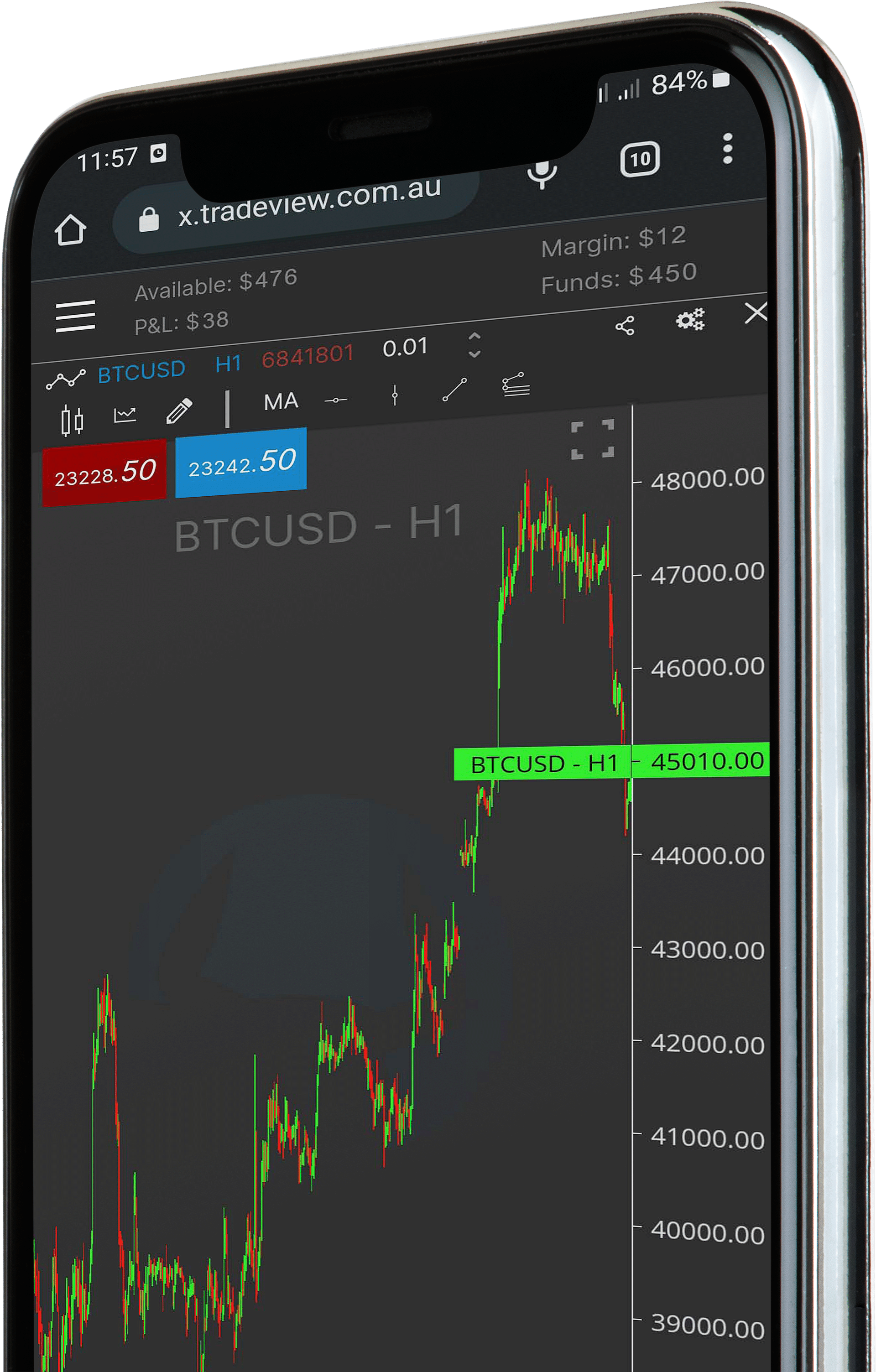Fibonacci trading is a popular trading strategy utilized by traders to identify potential entry and exit points in the market using Fibonacci retracement levels. These levels are calculated from the Fibonacci sequence, a mathematical sequence of numbers, and can help identify areas of support or resistance.
In this episode our traders show you how to automate the Fibonacci indicator within only a few simple steps.
The advantages of automating Fibonacci trading are numerous:
Time-saving:
Automating the process of identifying potential entry and exit points can save traders time and allow them to focus on other important aspects of their trading strategy.
Improved accuracy:
Automated Fibonacci trading reduces the risk of human error and improves the accuracy of trades.
Increased consistency:
Automated trading systems can help traders maintain consistency in their approach to the market and avoid making impulsive decisions.
Backtesting:
Automating Fibonacci trading allows traders to test their strategy using historical data, which can help them refine their approach and improve their results.
Reduced risk:
Automated systems can help traders avoid making costly mistakes, such as entering trades that do not meet their criteria or exiting trades prematurely.

In summary, automating Fibonacci trading can be a valuable tool for traders seeking to enhance their trading results. By automating the identification of entry and exit points, traders can benefit from the power of Fibonacci retracement levels without the need for manual analysis.
To see all the Trading Talk episodes in full check out www.tradeview.com.au/trading-talk/
Ready to start trading? Sign up with our Partner Broker www.tradeview.tech



